Adaptive Performance Management
where humans are not a resource
Traditional performance management systems are, in spite of good intentions, still largely designed to control, measure and judge. They compare employees instead of focusing on their individual strengths. They bank on extrinsic motivation, while the creativity, perseverance, and drive of people come from intrinsic motivation.
In short: performance management is in need of a fundamental overhaul.
Cymatic Leadership
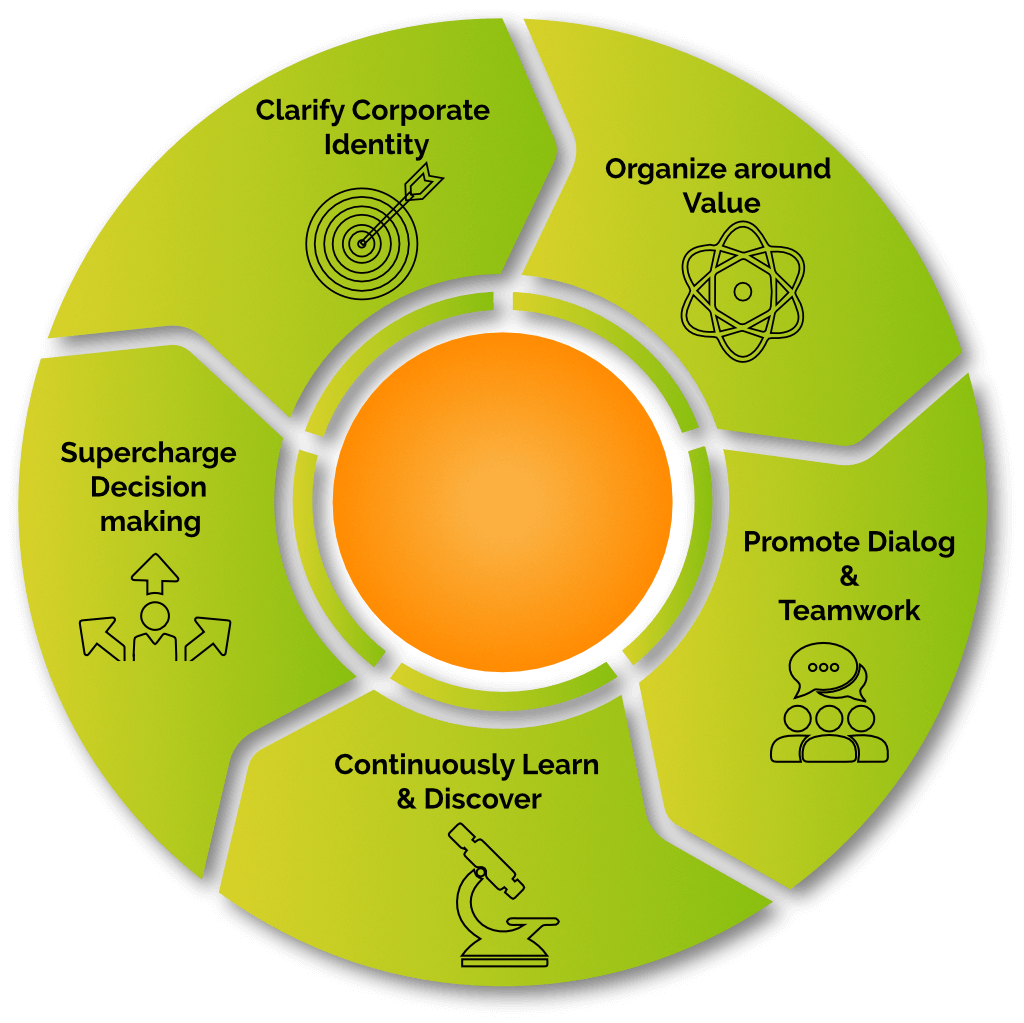
Adaptive Performance Management
Adaptive Performance Management (APM) is an integral part of the Cymatic Leadership framework.
It as part of the framework’s Continuously Learn & Discover theme. The organizations that learn the fastest, are the ones that survive. They master concepts like tolerance for failure; disciplined experimentation; and fluidity in roles.
This calls for fundamental changes in performance management, hiring policies, and job design.
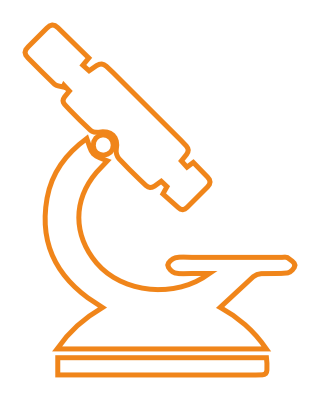
10 issues to solve
In Adaptive Performance Management we have identified ten fundamental flaws in traditional performance management practices.
9 guidelines to inspire you
Our guidelines are here to inspire. They outline fundamental criteria for a system that supports organizations to become more adaptive with enough room for maneuvering your local context.
8 practices to start with
The practices provide carefully designed concrete tools and processes you can use to jump-start your organization’s performance management system. You can and should adapt them to your local context.
Be aware of the idiosyncratic rater effect
Traditional review systems don’t measure the employee. They measure the rater instead…
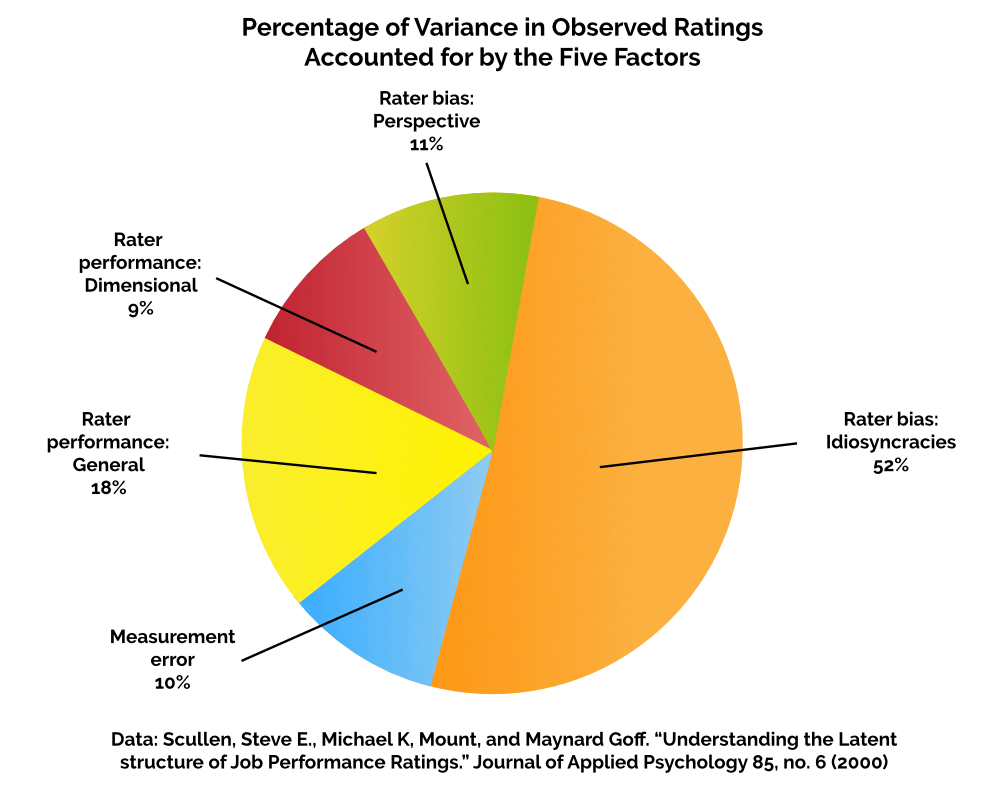

Focus on strengths. Not on deficiencies
Curious how your organization is doing?
Take the APM quick scan and get a free report on how your organization stacks up against APM guidelines and practices.
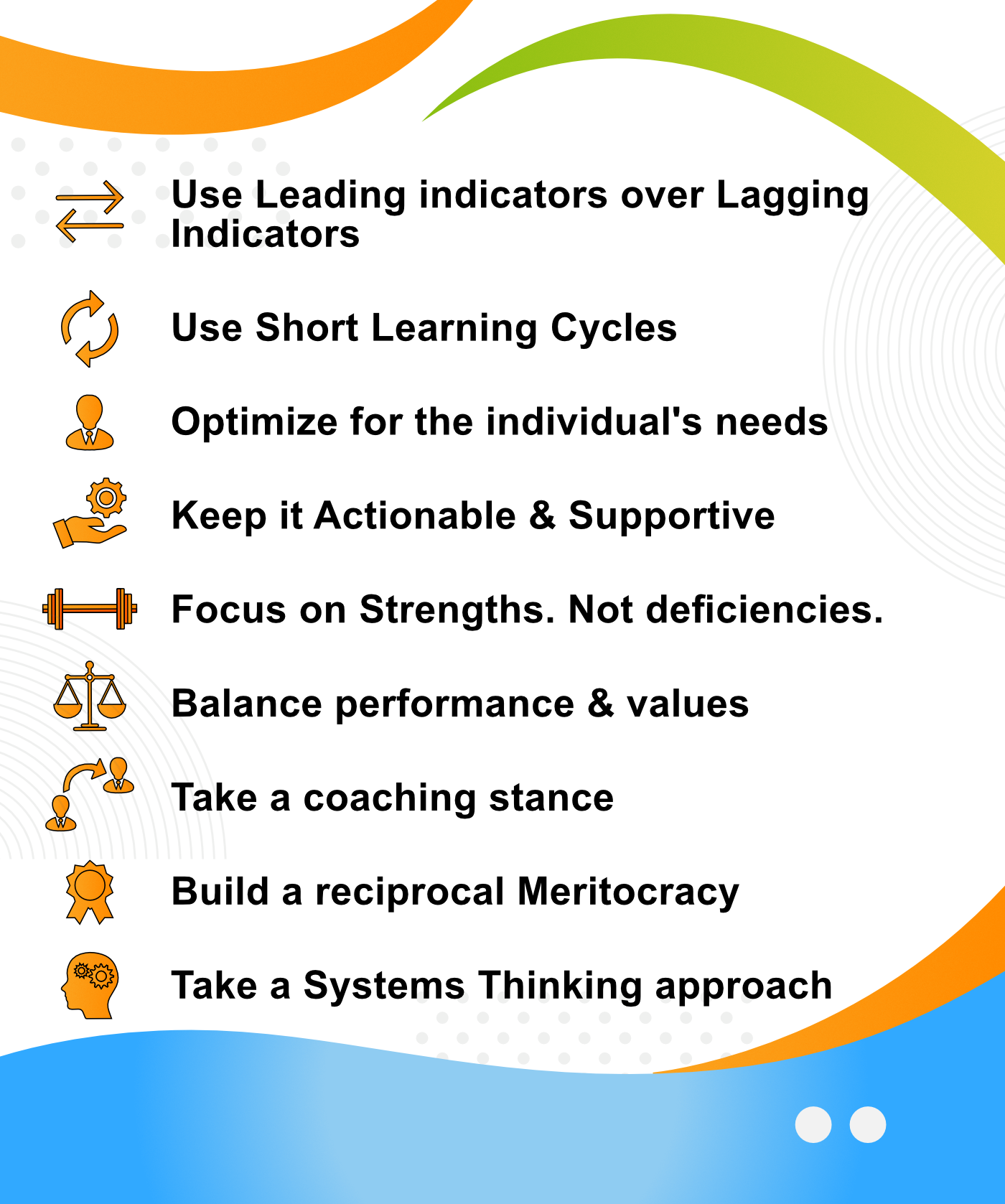
Use our guidelines to ignite your adoption of a modern approach to performance management
Yes, some of these guidelines might come across as no-brainers. However, we have studied many organizations and trust us: they are not.
Ask yourself this: How much time do you spend on formal review systems like 360 degree feedback sessions; filling in appraisal reports; discussions on ratings?
Here’s what Deloitte says:
“We found that creating the ratings consumed close to 2 million hours a year.”
What if you would spend that time actually helping your employees to get better?
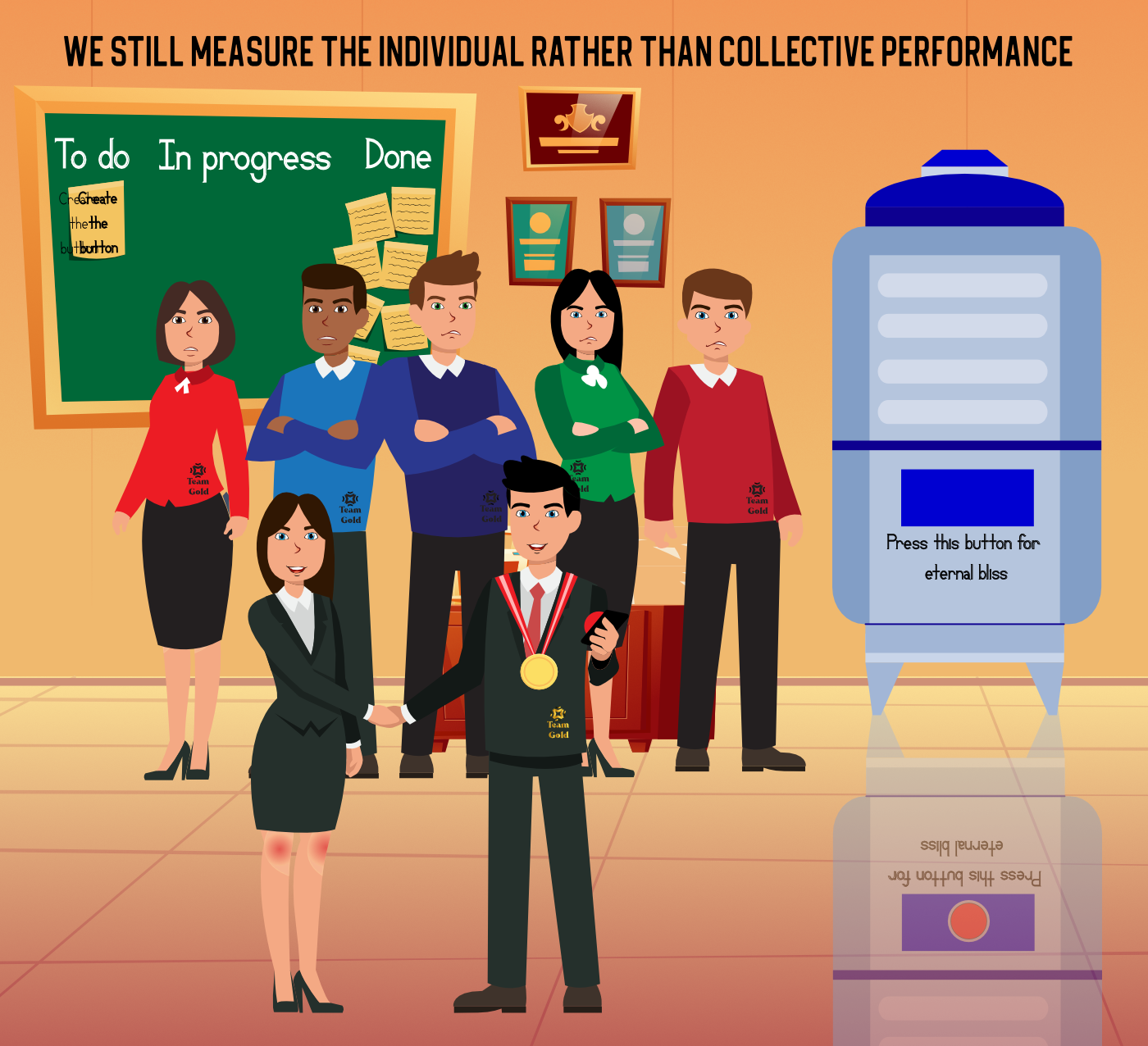
APM course
Some of our tools
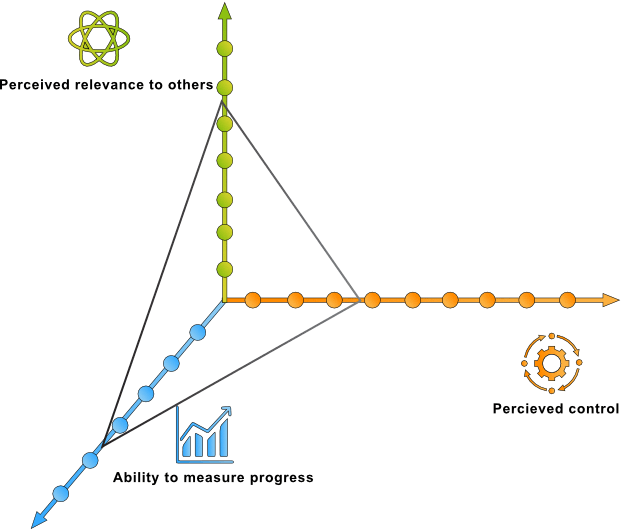
Job Clarification
For someone to perform at their best it is crucial there is clarity on one’s job. And it’s your job to help them clarify their job. Our Job Clarification Assessment helps.
Job clarity has multiple aspects:
- Clarity on the why;
- Control over your own job;
- Knowing how your job matters to others;
- Measuring your own progress

Performance-Values Matrix
Most organizations have core values. But are they really part of your performance management system? Values aligned behavior is as important as hard performance.
Learn powerful strategies to balances performance and values aligned behavior. Make sure you do not sacrifice values for performance.
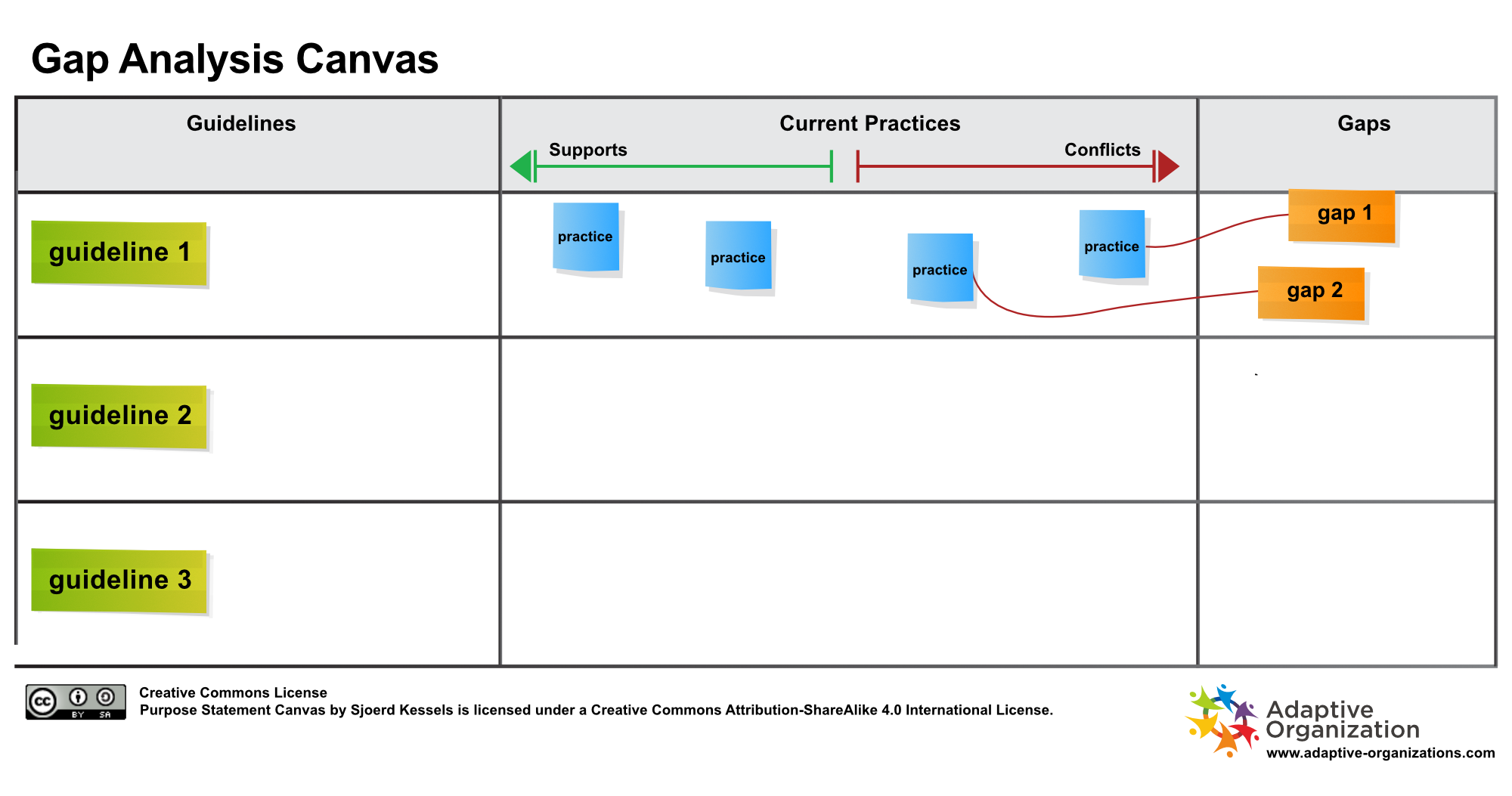
Implementation roadmap
Although every implementation of APM will be different there is of course an approach everyone can benefit from. Hence our implementation roadmap to help you on your way.
We have useful tips how to gather your change team and build a change vision. One of the implementation tools is a Gap Analyses workshop and canvas that will help you identify gaps in your current practices in relation to the APM guidelines. Another one is the Options Workshop to identify and later prioritize options for improvement. And we guide you to the use of disciplined experiments to actually implement your options.
